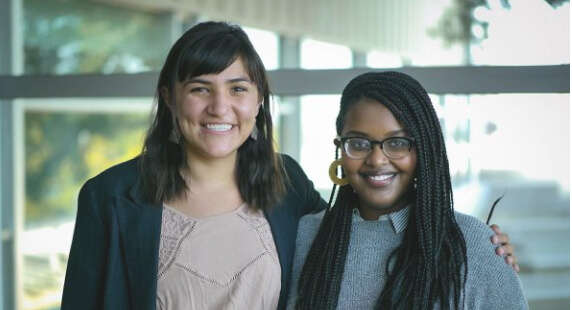Partnering to Scale Instructional Improvement: A Framework for Organizing Research-Practice Partnerships
Executive Summary
For decades, researchers and educators alike have been caught in waves of reforms that sought to change the quality of teaching and learning at scale. The press to make instruction more engaging has been amplified by calls to make our educational systems more effective and equitable. While progress has been made in identifying practices and conditions that promote deeper learning in some classrooms, knowing how to scale ambitious instructional reforms equitably remains an open question.
Research-practice partnerships (RPPs) emerged as a promising strategy for generating new knowledge and building new capabilities for improving teaching and school systems through research. Defined as “a long-term collaboration aimed at educational improvement or equitable transformation through engagement with research,” partnerships are “intentionally organized to connect diverse forms of expertise and shift power relations in the research endeavor to ensure that all partners have a say in the joint work.” What this definition doesn’t capture, however, is the complexity of standing up an RPP.
RPPs seeking to improve instructional practice at scale face dual learning imperatives in that partners must learn how to (1) manage and confront the complexity involved in trying to change instruction at scale and (2) develop a model of partnership that is equipped to the task. The pursuits of these learning imperatives suggests a need for ongoing learning over time. Referring to this as partnering rather than partnership more accurately reflects the active learning needed to address the likely realities of bringing the worlds of research and practice together to confront complexity and drive change.
This paper presents a framework and a reflective tool for partnering for instructional improvement at scale. The framework is composed of four elements: (1) the commitments partners make to each other to solve the problem they set out to solve, (2) the structures an RPP puts in place so that partners can learn together, (3) the expertise it initially brings together and continues to develop as it learns about improving instruction, and (4) the social learning capabilities the RPP develops so that partners can learn together. The interactions among the components create the conditions for learning through partnering that, in turn, influence whether a partnership could be up to the task of achieving equitable instructional reform at scale.






